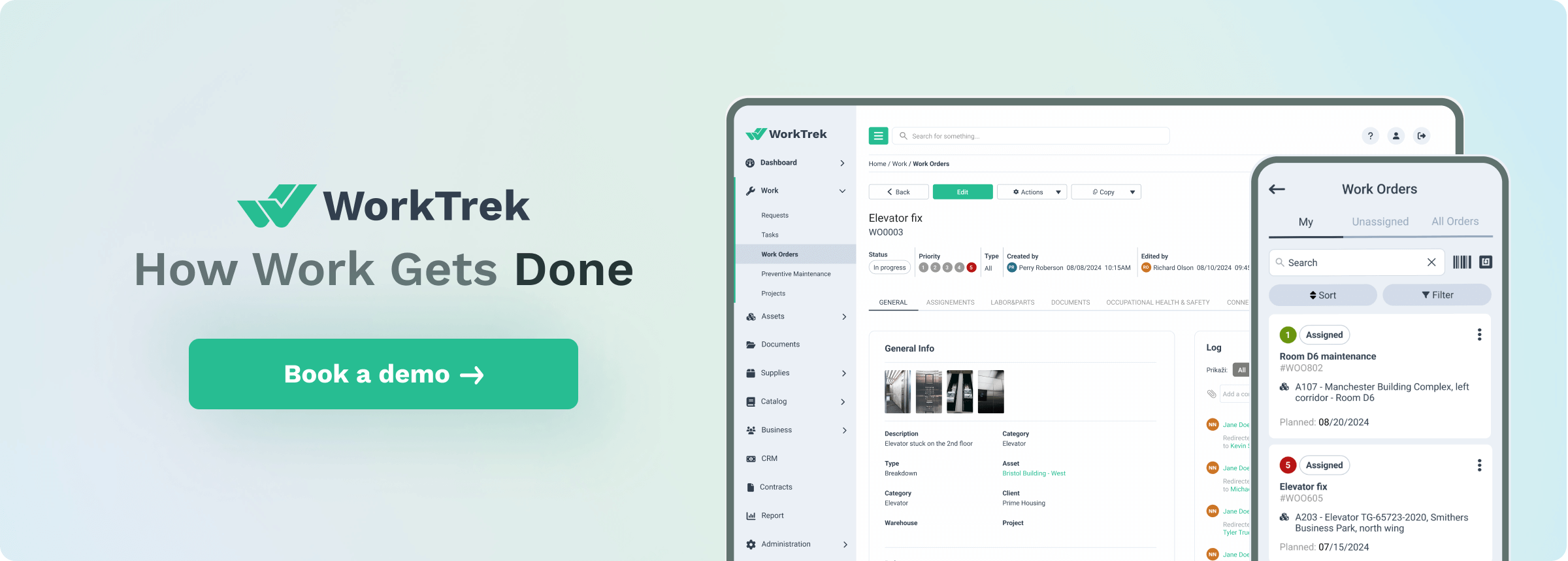What is a Bill of Materials?
A Bill of Materials (BOM) is a comprehensive list of raw materials, components, sub-assemblies, tools, and instructions required to manufacture, repair, or maintain a product or equipment. It functions as a detailed inventory that outlines what is needed and how these elements interact within a system. A BOM is explicitly tailored for equipment and assets in maintenance contexts, detailing all replaceable parts, associated tools, and relevant maintenance documentation.
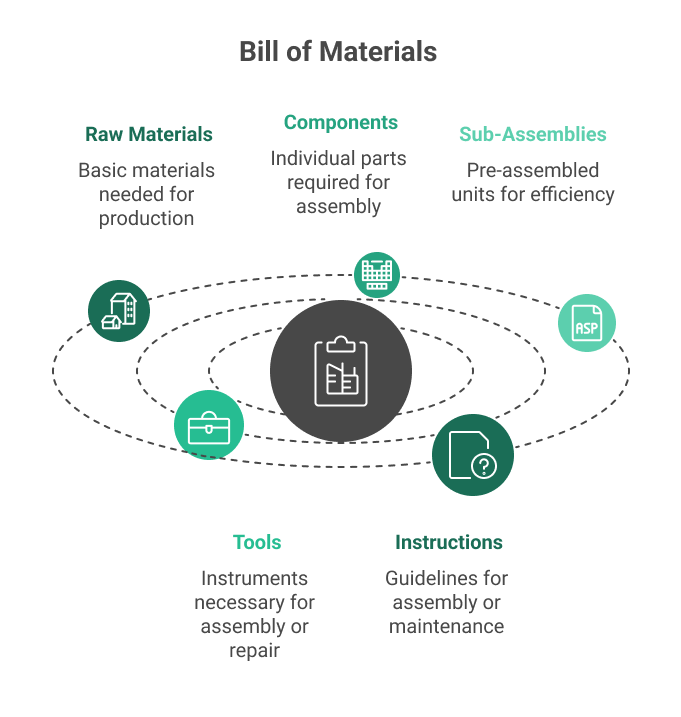
How to create a BOM
A Bill of Materials (BOM) is essential for maintenance organizations. It details all the components, tools, materials, and equipment repair or upkeep instructions.
Creating a BOM begins by clearly defining its purpose and scope. Maintenance teams must determine whether the BOM is intended for routine preventive maintenance, emergency repairs, or comprehensive equipment overhauls. This clarity helps focus the document on the specific needs of the task or system it supports.
1. Gather Detailed Information
The next step involves gathering detailed information about the asset in question. This includes consulting equipment manuals, reviewing manufacturer specifications, and studying historical maintenance records. Maintenance personnel often physically inspect the asset to identify all critical components, particularly those prone to wear or failure. Accurate documentation is essential to avoid missing critical items.
2. Itemize Components
Once the necessary details are collected, the components, tools, and consumables required for maintenance are itemized. Each item should include specific details such as part numbers, descriptions, quantities, and unit measurements. For example, if the BOM is for a conveyor belt system, it might list a neoprene drive belt, steel rollers, and appropriate fasteners. Including supporting elements like tools (e.g., wrenches or calibration devices) and consumables (e.g., lubricants or adhesives) ensures technicians are fully prepared for the task.
3. Organize
Organizing the BOM is a critical aspect of its creation. A hierarchical structure often works best, beginning with the top-level assembly (the primary equipment), followed by subassemblies, and finally, individual parts. This structure enhances readability and usability, mainly when maintenance involves multiple systems or components.
4. Detailed Review
To ensure accuracy, the BOM should be reviewed by experienced maintenance technicians and validated with suppliers for part specifications and availability. Using software tools, such as a CMMS or ERP system, simplifies the process by automating parts tracking and linking the BOM to maintenance workflows. Integration with inventory management ensures that spare parts listed in the BOM are available when needed, minimizing delays.
5. Regularly Update
Regular updates to the BOM are essential as equipment evolves due to upgrades, retrofits, or changes in operating conditions. Maintenance organizations should train their teams to interpret and utilize BOMs effectively, encouraging feedback to refine and improve the document. By following a systematic approach, organizations can create BOMs that enhance efficiency, reduce downtime, and ensure smoother maintenance operations.
How do Maintenance Organizations use BOMs
1. Maintenance Planning and Scheduling
BOMs provide a complete breakdown of parts and materials required for maintenance tasks. This ensures maintenance teams have everything they need before beginning a repair, reducing downtime. For planned preventive maintenance (PM) on a pump, the BOM will list seals, bearings, lubricants, and the tools needed to complete the job.
2. Inventory Management
BOMs help maintenance organizations track and manage spare parts inventory efficiently. By cross-referencing BOMs with inventory data, organizations can avoid overstocking critical components. A BOM linked to a CMMS system automatically flags low stock levels for high-demand parts.
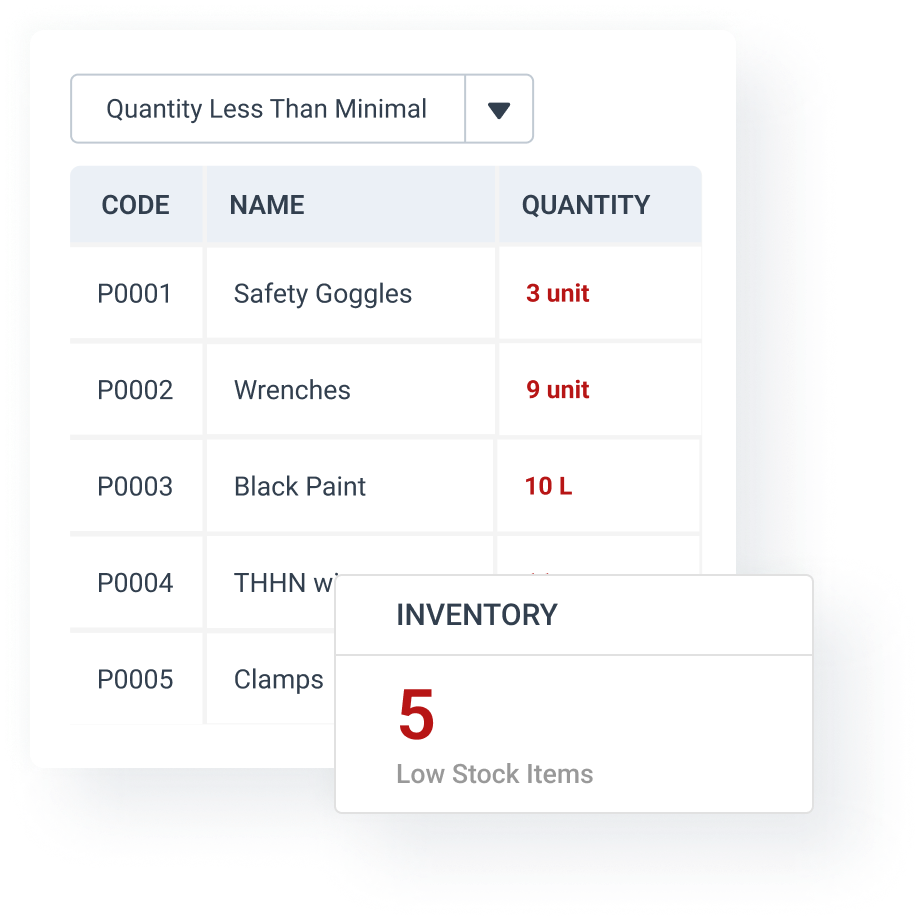
3. Cost Estimation and Budgeting
With detailed component information, BOMs allow accurate cost estimations for maintenance projects. This supports budgeting and financial planning for both routine and emergency maintenance. For instance, If replacing a motor requires a rotor, stator, and fasteners, the BOM helps calculate the total cost of replacement parts.
4. Standardization and Quality Control
BOMs ensure maintenance teams use the correct parts and tools, reducing errors and maintaining consistency. Standardizing the use of parts also simplifies procurement and reduces variability in performance. Specifying OEM (Original Equipment Manufacturer) parts in the BOM guarantees quality and compatibility.
5. Training and Documentation
BOMs serve as training aids for new technicians by providing a clear understanding of the components involved in equipment maintenance. They also link to manuals and diagrams, enhancing operational clarity. A BOM for a conveyor system might include part diagrams, specifications, and step-by-step instructions for belt replacement.
6. Compliance and Traceability
BOMs document all parts and materials used in maintenance, which is essential for complying with industry regulations and standards. They also facilitate traceability in case of recalls or audits. If a defective batch of bearings is identified, the BOM helps trace affected equipment and guides corrective actions.
7. Supporting Predictive Maintenance
Integrated with IoT and CMMS systems, BOMs predict when specific components will fail based on usage data. This enables timely replacement before a breakdown occurs. A sensor alerts the system about a declining performance trend in a fan motor. The BOM specifies the required replacement parts to schedule the repair.
Best Practices for Managing BOMs in Maintenance Organizations
Managing a Bill of Materials (BOM) effectively is essential for maintenance organizations to ensure operational efficiency, reduce downtime, and optimize resource use. Below are the best practices to manage BOMs successfully:
1. Create Accurate and Comprehensive BOMs
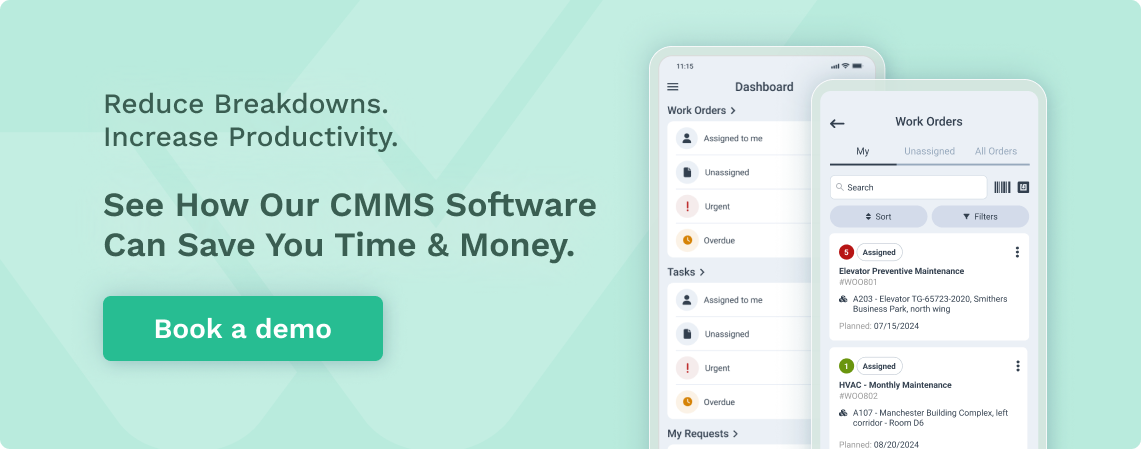
Include all necessary details: part numbers, descriptions, quantities, specifications, and supplier information. The BOM order should also cover all replaceable parts, tools, and materials required for maintenance tasks. For instance, a BOM for a generator should include filters, belts, lubricants, and specialized tools required for servicing.
2. Use a Centralized System
Maintain BOMs in a centralized database, such as a CMMS (Computerized Maintenance Management System) or ERP (Enterprise Resource Planning) system. Ensure all stakeholders access the latest BOMs for better coordination and consistency.
3. Standardize Formats and Naming Conventions
Develop uniform templates and naming conventions to make BOMs easily understand and manage across teams. Do your best to avoid ambiguous terminology and ensure consistency in part numbers and descriptions. For example, a standardized part naming format like “Pump-Seal-123” should be used to avoid confusion.
4. Keep BOMs Up to Date
Regularly review and update BOMs to reflect equipment, parts, or process changes. If using an inventory or CMMS system, link BOMs to asset histories to capture upgrades, retrofits, or replacements.
For instance, If a new pump model replaces an older one, update the BOM to include the new model’s parts and specifications.
5. Integrate BOMs with Inventory Management
Link BOMs to inventory systems to ensure spare parts availability and avoid overstocking or understocking. Use BOMs to automate inventory replenishment based on usage trends and criticality.
If you use a CMMS, it flags low inventory levels for parts listed in a BOM, triggering procurement actions.
6. Prioritize Critical Assets
Develop detailed BOMs for high-priority or critical assets that are essential for operations. To minimize downtime, focus on components with high failure rates or long lead times.
For instance, the BOM includes frequently replaced components like belts, rollers, and bearings for a production-critical conveyor.
7. Validate BOMs Through Feedback
Involve maintenance technicians and engineers in validating BOMs to ensure practical accuracy. Update BOMs based on feedback from completed maintenance tasks or audits. For example, a technician discovering an overlooked gasket during a repair prompts a BOM update.
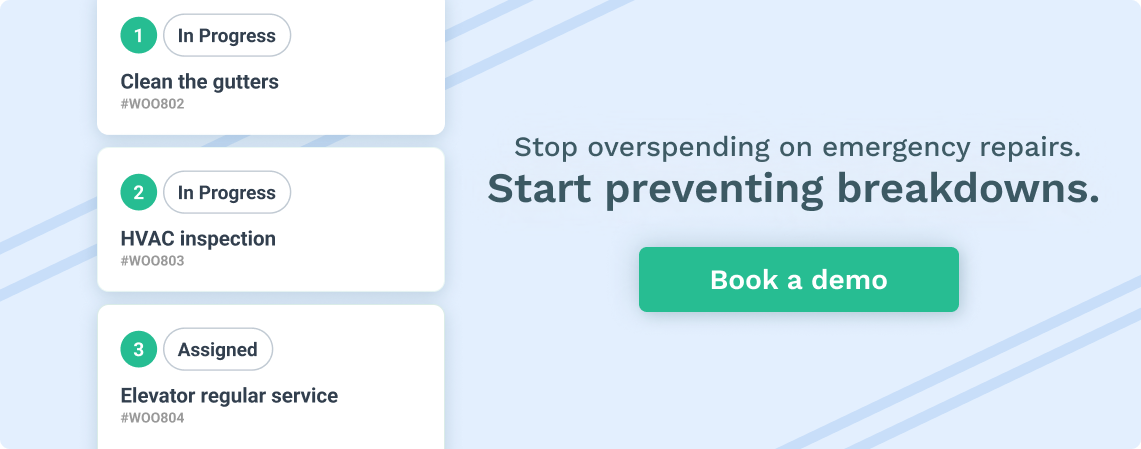
8. Leverage Technology
Tools like IoT sensors and predictive maintenance systems update BOMs dynamically based on equipment usage and condition. Integrate BOMs with digital twin models to simulate part wear and maintenance needs.
A sensor predicts wear on a machine component, and the BOM ensures the necessary parts are ready for replacement.
9. Ensure Documentation and Traceability
Link BOMs to equipment manuals, drawings, and compliance records for quick reference. Track changes to BOMs to maintain a clear history of updates and revisions.
Regulatory audits can use BOMs to verify that the parts used in maintenance meet compliance standards.
10. Train Teams on BOM Usage
Provide training for maintenance staff on how to read and utilize BOMs effectively. Emphasize the importance of updating BOMs after repairs or upgrades.
For example, technicians learn to cross-check BOMs with inventory lists before starting a repair to avoid delays.
Get a Free WorkTrek Demo
Let's show you how WorkTrek can help you optimize your maintenance operation.
Try for free



